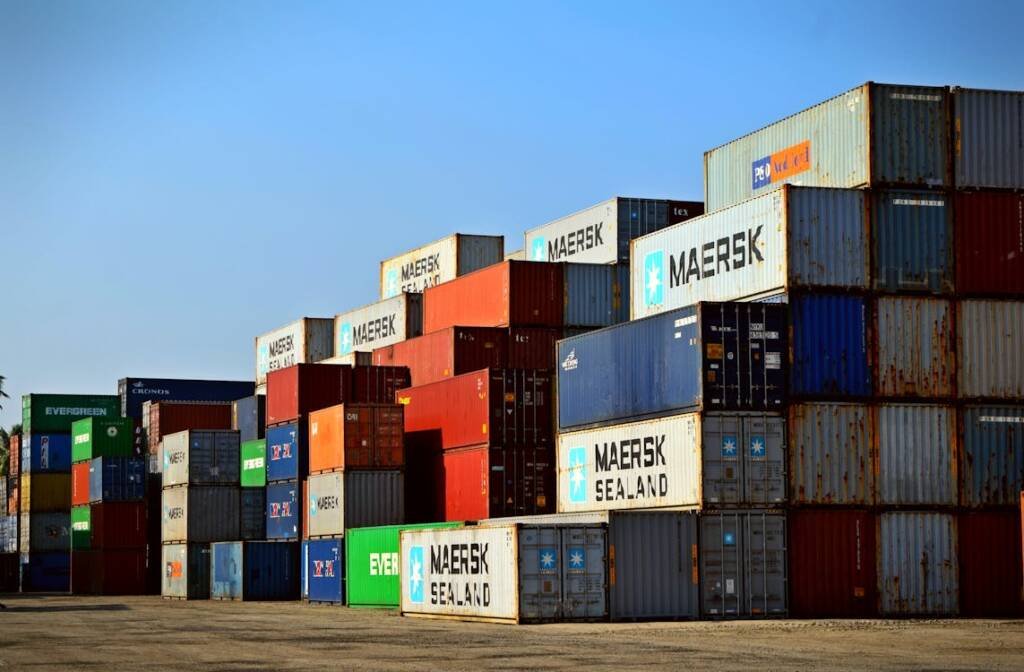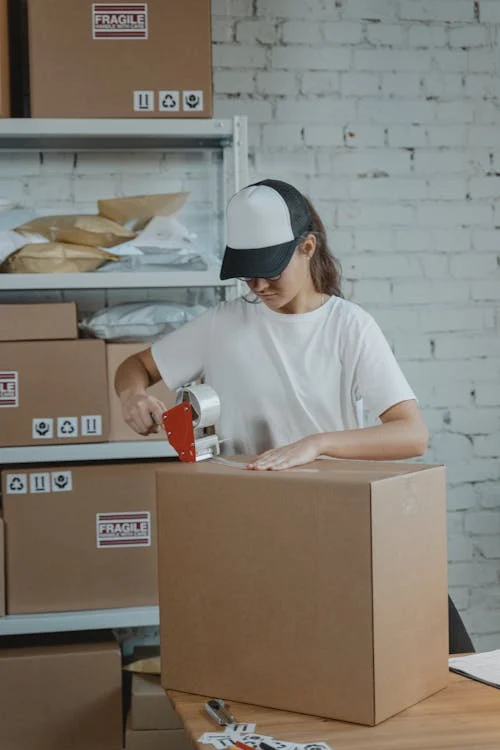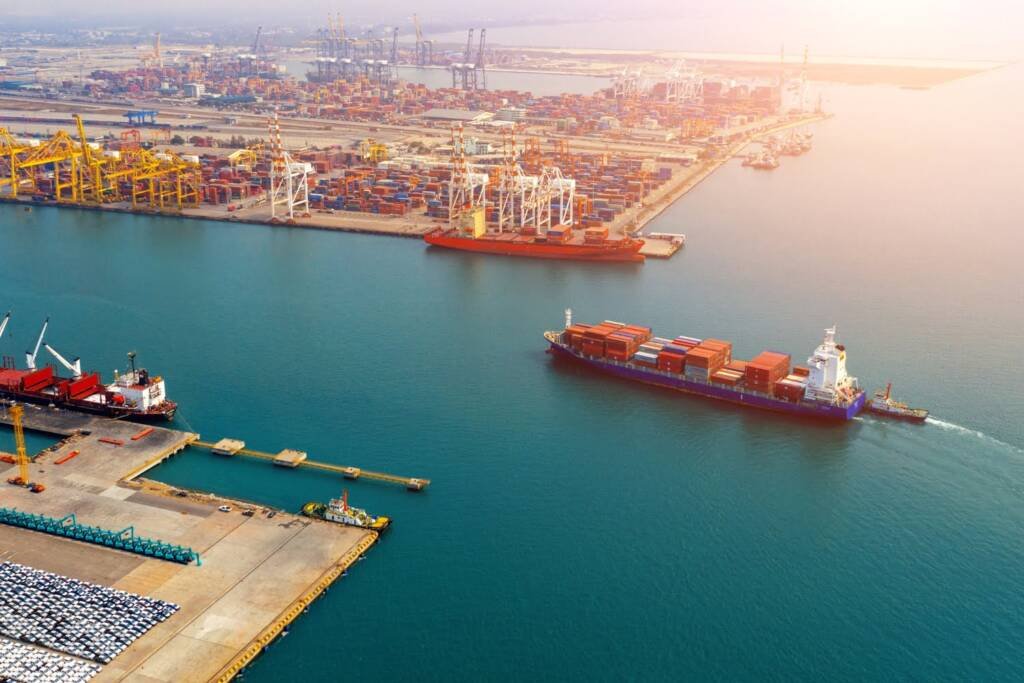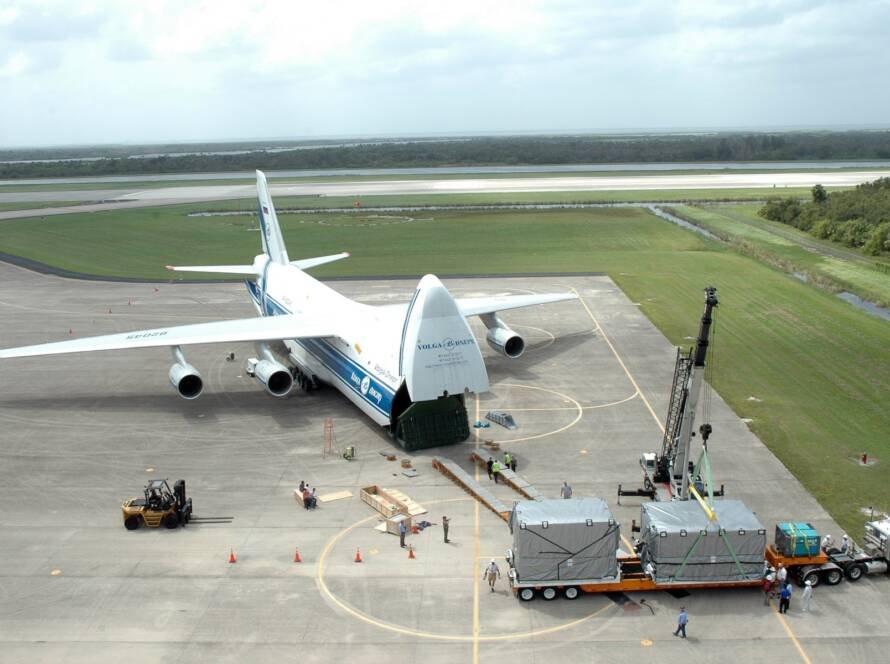QAs global trade prospers, customs clearance of imported goods, as a key link in international trade, directly affects the operational efficiency, cost control and customer satisfaction of enterprises. From raw material procurement to finished product sales, every cross-border transaction is inseparable from an efficient customs clearance process. Here we discuss the entire process of customs clearance of imported goods, the challenges faced and optimization strategies to help companies better understand and deal with this important link.
Basic process of customs clearance of imported goodsAt vero eos et accusam
Customs clearance of imported goods is a complex process involving multiple departments and links, mainly including the following steps:
- Cargo transportation and arrival at the port
Imported goods are first transported to the port or border of the destination country by sea, air or land. This stage requires ensuring the integrity and accuracy of transportation documents, including bills of lading, packing lists, invoices, etc. - Customs declaration
After the goods arrive at the port, the importer or its agent needs to submit the customs declaration and related documents to the customs within the specified time. The contents of customs declaration include:
Basic information of goods (name, quantity, value, etc.)
Trade mode (general trade, processing trade, etc.)
Certificate of origin
License (if necessary)
- Customs review
Customs will review the declared information, mainly checking:
Whether the documents are complete and accurate
Goods value assessment
Tariff and tax calculation
Whether it complies with national import policies
- Pay taxes and fees
After the review is passed, the importer needs to pay tariffs, value-added tax, consumption tax and other taxes and fees. Payment methods usually include electronic payment or bank transfer. - Inspection and release
Some goods may be randomly inspected or targeted by customs. The inspection content includes:
Whether the actual condition of the goods is consistent with the declaration
Whether there are prohibited goods or restricted import goods
Whether the packaging and labeling of the goods meet the requirements
After the inspection is correct, the customs will issue a release order, and the goods can be picked up from the port or border.
- Subsequent supervision
Some special commodities (such as food, medicine, dangerous goods, etc.) may require subsequent supervision, including:
Quality inspection
Usage tracking
Destruction or return processing (if unqualified)


Challenges faced by customs clearance of imported goods
Although the customs clearance process has been relatively standardized, enterprises still face many challenges:
- Complex and changing policies and regulations
The import policies, tariff rates, and regulatory requirements of different countries and regions vary greatly, and are often adjusted and changed, which brings compliance pressure to enterprises. - Strict document requirements
Customs has extremely high requirements for the integrity, accuracy and standardization of documents. Any minor errors may lead to delays or fines. - Inspection risks
Although the probability of goods being inspected is not high, once they are inspected, it may lead to delivery delays and affect supply chain efficiency. - High tariff costs
High tariffs and taxes may significantly increase import costs and affect product competitiveness. - Poor logistics connection
Poor connection between transportation, warehousing, customs declaration and other links may cause goods to be stranded and increase additional costs.
For more logistics knowledge, please follow Power Link Logistics Ltd
Strategies for optimizing customs clearance of imported goods
In response to the above challenges, enterprises can adopt the following optimization strategies:
- Adopt convenient delivery methods such as DDP
As mentioned above, the DDP (delivery after duty paid) model can:
Simplify the import process
Reduce the burden on buyers
Improve cost transparency
Reduce cross-border transaction risks
Especially suitable for enterprises that are sensitive to delivery time or lack import experience.
- Establish a professional customs team or seek professional services
Establish an internal customs team to be responsible for import customs clearance affairs
Or cooperate with professional customs brokers and freight forwarders to use their professional knowledge and experience
Regularly train customs personnel to maintain sensitivity to policy changes - Digital customs clearance management
Use information technology to optimize customs clearance processes:
Use electronic customs declaration system to improve declaration efficiency and accuracy
Use EDI (electronic data interchange) to connect with customs system
Implement supply chain management system to achieve real-time sharing and tracking of customs clearance information
- Advance planning and preparation
Understand the import policies and requirements of the destination country in advance
Prepare complete documents and necessary licenses
Reasonably arrange transportation time and reserve sufficient customs clearance buffer period
Prepare for inspection of high-value or sensitive goods in advance - Utilize free trade agreements (FTAs) and policy preferences
Make full use of FTAs signed between China and other countries to enjoy tariff reduction and exemption preferences
Pay attention to the import incentive policies issued by the country, such as temporary tax rates, tax reductions and exemptions, etc.
Apply for import licenses or quotas for specific goods - Risk management and emergency plans
Establish a customs clearance risk warning mechanism to respond to policy changes in a timely manner
Develop emergency plans to deal with possible inspections, delays, etc.
Purchase relevant insurance to reduce losses caused by customs clearance risks

Future development trends of import customs clearance
With technological progress and policy reforms, customs clearance of imported goods will show the following development trends:
1,Digitalization and intelligence: More customs will adopt technologies such as artificial intelligence and big data to achieve automatic review and intelligent inspection.
2,Single window: More countries will establish a “single window” for international trade to achieve one-stop customs clearance services.
3,Regional integration: Regional economic integration will promote customs clearance facilitation, such as customs clearance cooperation in ASEAN, EU and other regions.
4,Green customs clearance: Environmental protection requirements will affect customs clearance policies and promote the development of green trade.
5,Blockchain application: Blockchain technology may be used for cargo tracking and document verification to improve transparency and efficiency.
Customs clearance of imported goods is an indispensable and important link in international trade. Its efficiency and smoothness directly affect the competitiveness and market performance of enterprises. We need to record and evaluate the experiences and lessons learned in the customs clearance process anytime and anywhere, and turn inspiration into practical optimization strategies. By adopting convenient delivery methods such as DDP, establishing professional teams, digital management, advance planning, and taking advantage of policy incentives, companies can effectively respond to customs clearance challenges, improve supply chain efficiency, reduce costs, and ultimately achieve business growth and customer satisfaction.
In today’s increasingly fierce global competition, optimizing the import customs clearance process is not only the way for companies to survive, but also the key to winning market opportunities. In the future, with the advancement of technology and policy reforms, import customs clearance will become more efficient, transparent and intelligent, creating greater value for companies.



